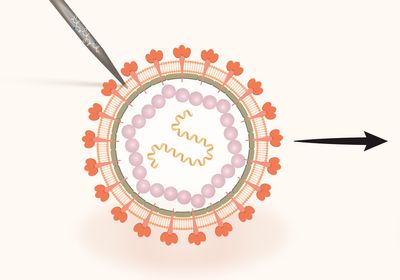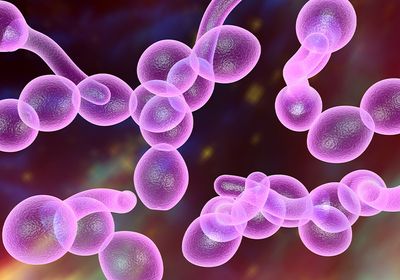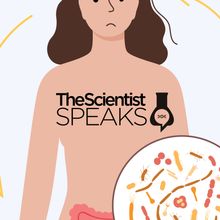Login
Subscribemicrobiology

When Microbes Meet the Immune System
Mariella Bodemeier Loayza Careaga, PhD | Sep 8, 2023 | 3 min read
Timothy Hand leads a research team that explores how maternal immune signals shape the infant intestinal microbiota.
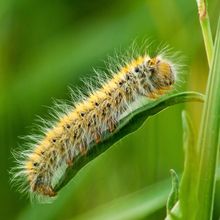
Deciphering Plants’ Biochemical Messages
Ida Emilie Steinmark, PhD | Sep 1, 2023 | 2 min read
Esther Ngumbi believes that chemical signals between plants, microbes, and insects hold the key to secure and sustainable food production.

What Lies Beneath: Wastewater Testing for Pathogens
The Scientist’s Creative Services Team | 1 min read
Michael Wiley will discuss detecting pathogens in communities through wastewater surveillance programs.

Malaria Parasites Sync with Hosts’ Molecular Rhythms
Mariella Bodemeier Loayza Careaga, PhD | Sep 1, 2023 | 2 min read
Evidence of malaria parasites aligning with their human hosts may pave the way for new antimalarial agents.

Worms Frozen for 46,000 Years are the Oldest Known Living Animals
Natalia Mesa, PhD | Aug 15, 2023 | 5 min read
Nematodes buried in Siberian permafrost may be able to stay in a state of suspended animation indefinitely, according to recent findings.

What Could Cause the Next Pandemic?
The Scientist’s Creative Services Team | 2 min read
Scientists prepare for the future by filling in the research gaps between zoonotic viral reservoirs, emerging viruses, and human immune defenses.
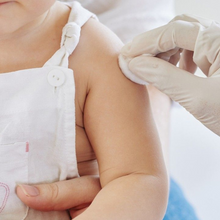
Vaginal Delivery Promotes Early Childhood Vaccine Response
Jennifer Zieba, PhD | Aug 8, 2023 | 3 min read
Researchers showed that the delivery method affects the microbiome and plays a role in the infant vaccine immune response.
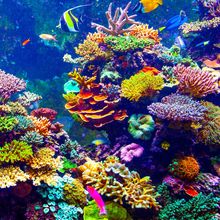
A Probiotic to Protect Caribbean Corals
Mariella Bodemeier Loayza Careaga, PhD | Aug 1, 2023 | 2 min read
A bacterial strain from healthy corals could slow the progression and prevent transmission of the destructive stony coral tissue loss disease in the wild.

Cell Culture Conquests: Finding and Defeating the Invisible Enemy
The Scientist’s Creative Services Team and MilliporeSigma | 3 min read
Cutting-edge reagents, kits, and techniques provide a robust solution to cell culture mycoplasma contamination.
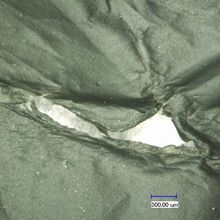
Alpine and Arctic Microbes Break Down Plastics
Alejandra Manjarrez, PhD | Jul 7, 2023 | 2 min read
Researchers identified cold-adapted microbes that degrade certain plastics at low temperatures, potentially saving energy in industrial recycling.
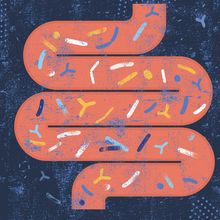
Microbial Menace in Cancer Patients
Niki Spahich, PhD | Jul 5, 2023 | 2 min read
Fyza Shaikh investigates how microbes shape cancer patients’ health and recovery.

A Question of Balance: How the Gut Microbiome Influences Diabetes
The Scientist’s Creative Services Team | 1 min read
The presence of beneficial or detrimental microbes pulls the host toward health or disease.

Jiggling Bacteria Reveal Antibiotic Resistance
Ida Emilie Steinmark, PhD | Jul 5, 2023 | 1 min read
Finding an effective antibiotic against an infection can easily take 24 hours. Faster testing could save lives and help doctors avoid broad-spectrum antibiotics, which can foster resistance.
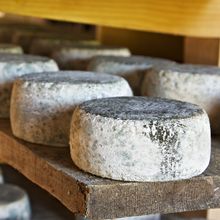
Deleting a Gene Quells a Pesky Cheese-Destroying Fungus
Natalia Mesa, PhD | Jun 30, 2023 | 3 min read
Fungi disrupt microbial communities on cheese by making antibiotics.
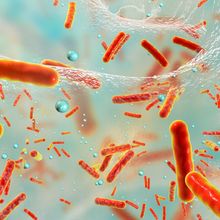
Brush Up: Quorum Sensing in Bacteria and Beyond
Deanna MacNeil, PhD | 4 min read
Microbes communicate with quorum sensing to coordinate their behavior in response to how many neighbors they have.
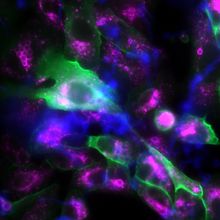
Fungal Spores Hijack a Host Protein to Escape Death
Mariella Bodemeier Loayza Careaga, PhD | Jun 20, 2023 | 3 min read
Uncovering the components used by Aspergillus fumigatus to avoid intracellular destruction broadens our understanding of the mold’s pathogenesis.

How Bacterial Communities Divvy up Duties
Holly Barker, PhD | Jun 1, 2023 | 10+ min read
Biofilms are home to millions of microbes, but disrupting their interactions could produce more effective antibiotics.

Science Philosophy in a Flash - A Look at Aging Through Young Eyes
Iris Kulbatski, PhD | 1 min read
Aimée Parker shares how her childlike curiosity and collaborative spirit motivate her scientific pursuits.

A Not-So-Simple Idea
Niki Spahich, PhD | Jun 1, 2023 | 5 min read
A moonlit drive inspired the theory behind PCR. What did it take to make that wild idea reality?
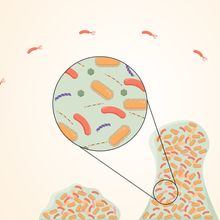
Infographic: Stages of Biofilm Formation
Holly Barker, PhD | Jun 1, 2023 | 1 min read
Free-swimming bacteria settle on a surface to cooperate and form a protective biofilm.
